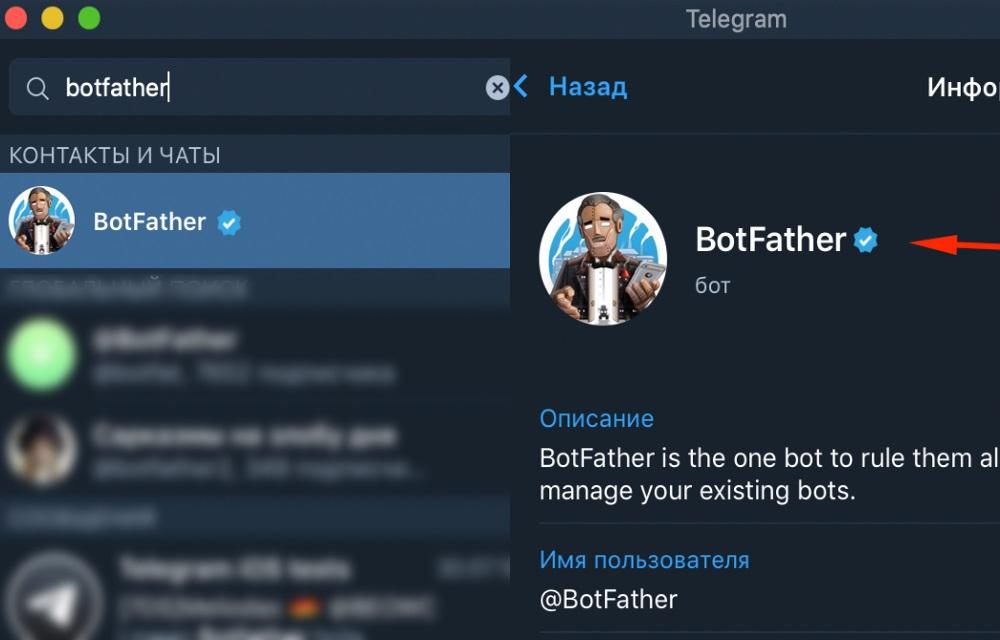

- GOLANG HTTP CLIENT TIMEOUT SERIAL NUMBER
- GOLANG HTTP CLIENT TIMEOUT SERIAL
- GOLANG HTTP CLIENT TIMEOUT VERIFICATION
The OCSP response is signed by the CA itself or by another certificate signed by CA and allowed to sign OCSP responses. This may be caused by a misconfiguration or delays in OCSP server database updates.
GOLANG HTTP CLIENT TIMEOUT SERIAL
Unknown-the OCSP server does not know about the existence of a certificate in question (about its serial number, to be precise).Possible reasons include: the private key was compromised, the CA key was compromised, the user owning the mentioned certificate no longer belongs to the company. Revoked-the certificate was revoked for some reason, and the app shouldn’t trust it.The response from the authority is one of the following:
GOLANG HTTP CLIENT TIMEOUT SERIAL NUMBER
In the most simple scenario, the request contains only the serial number of the certificate we’re interested in.


OCSP (Online Certificate Status Protocol), RFC6960 is an interactive protocol that allows any party of a TLS handshake to ask the designated authority whether a provided certificate is still valid.

Let’s examine OCSP and CRL as certificate validation approaches, TLS extensions that define them, and a simple Golang implementation. When a server uses a client certificate to match it with a specific user, having someone’s private key means impersonating this user to a server. That stolen private key makes it possible to perform MitM attacks on visitors, redirecting them to the malicious website instead of the real one or intercepting sensitive data.Īnother example would be identity stealing. OCSP and CRL help the certificate authority (CA) inform the application that a particular certificate has been invalidated so that the application should reject it.įor example, if a domain was hacked and its private TLS key was leaked.
GOLANG HTTP CLIENT TIMEOUT VERIFICATION
To meet our security model, we had to implement OCSP / CRL verification in Golang ourselves. The support of OCSP and CRL is crucial for Acra to prevent unauthorised connections from malicious or misconfigured apps to sensitive data. Acra database security suite is an application that sits between the app and the database and encrypts / decrypts sensitive data.Īcra is written in Go and provides data security for applications exposed to elevated risks. We stumbled upon intricacies in OCSP and CRL when building Acra. Typical application and network security controls are necessary parts of surrounding infrastructure, and they, for various reasons, rely on OCSP and CRL to establish trust to remote parties. Mostly, we rely on cryptography, but it doesn’t live in a vacuum. OCSP and CRL provide a way to verify whether the TLS certificate was revoked by CA before the application establishes secure communication with a service that uses this certificate.Īt Cossack Labs, we provide security tools for developers to protect data in their apps. Unfortunately, even though Golang has native support for TLS, it has extremely limited support for OCSP and CRL. That’s why many TLS libraries have limited support for many of these extensions. Dealing with all of them is pretty hard, even though they’re there for a reason. It's quite an old protocol, but, what is more important, it's very complex.Īpart from a simple “socket encryption” feature, TLS has dozens of various extensions. TLS was introduced in 1999 based on SSL 3.0. Most applications use TLS for data-in-transit encryption and every programming language has a TLS support in its ecosystem.


 0 kommentar(er)
0 kommentar(er)
